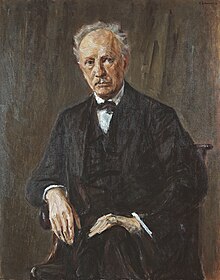Davies Symphony Hall, San Francisco, Sunday, March 2 — Experiencing this performance took the audience into the world and the center of human life. Not magic, as someone might say, but the beauty and energy of real life swept us away. The music: Piano Concerto No.4 in G Major, Opus 58, by Ludwig Van Beethoven; Symphony No. 2 in E Minor, Opus 27, by Sergei Rachmaninoff. The beauty would make one tingle. Another note about the music is how much each composer knows about being alive.
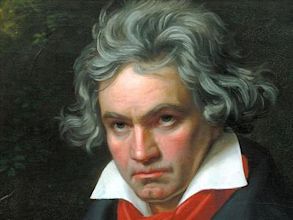 Ludwig Van Beethoven, pianist and composer (1770 – 1827)
Ludwig Van Beethoven, pianist and composer (1770 – 1827)
The soloist, Francesco Piemontesi, brought the music’s soul to Davies Hall. I have a recording of this Piano Concerto and listen to it frequently. A recording can never match being there and hearing the live music in person, but now I cannot imagine another pianist playing with the same understanding, delicacy, and power. Piemontesi demonstrated that a soft sound can be powerful. Robin Ticciati was the conductor. He and Piemontesi were on the same wave length with regard to both the feeling and technique. The orchestra performed well on all levels. The musicians were perfect partners in this strange and beautiful concerto. The piano sounded like water running smoothly over polished rocks. The key to this concerto is the very first note. The soloist begins. The pianist played that first note in a way that said, “This is what I am, what I will be, what you can feel. One note.” I felt it touched me, made my throat close, my eyes momentarily almost in tears. No reason why, except that Beethoven created a unique Piano Concerto that offers a journey through lush sounds in the quietest way he could. He let the Concerto tell us the message.
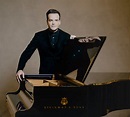 Francesco Piemontesi, pianist The audience went appropriately wild after more bows. His encore was gorgeous. J.S. Bach’s Chorale Prelude, Sleepers, Awake/Wachet auf, ruft uns die Stimme 645, transcribed for piano by Ferruccio Busoni, 1898. Piemontesi played the piece so that it sounded like he had two more hands. Some of that is thanks to Busoni, but it could only been played that way by a great pianist. Francesco Piemontesi is a great pianist. These performances are his first at San Francisco. This season, he will perform with the Chicago Symphony, Cleveland Orchestra, Pittsburgh Symphony, Oslo Philharmonic, Helsinki Philharmonic. He will perform with Robin Ticciati with the Budapest Festival Orchestra and tours with the London Philharmonic. And more.
Francesco Piemontesi, pianist The audience went appropriately wild after more bows. His encore was gorgeous. J.S. Bach’s Chorale Prelude, Sleepers, Awake/Wachet auf, ruft uns die Stimme 645, transcribed for piano by Ferruccio Busoni, 1898. Piemontesi played the piece so that it sounded like he had two more hands. Some of that is thanks to Busoni, but it could only been played that way by a great pianist. Francesco Piemontesi is a great pianist. These performances are his first at San Francisco. This season, he will perform with the Chicago Symphony, Cleveland Orchestra, Pittsburgh Symphony, Oslo Philharmonic, Helsinki Philharmonic. He will perform with Robin Ticciati with the Budapest Festival Orchestra and tours with the London Philharmonic. And more.
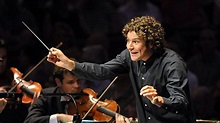 Robin Ticciati, Conductor has been music director of the Deutsches Symphonie-Orchester Berlin, since 2017. He is also the Music Director of Glyndebourne Festival Opera since 2014. He has conducted the Berlin Philharmonic, Vienna Philharmonic, London Symphony, Czech Philharmonic, Royal Concertgebouw Orchestra, and many more in Europe and the US. His San Francisco debut was January, 2023. I admired his conducting tremendously. His directions are clear and strong. His arms open high and wide to include the sound world, and he uses his natural grace, going into a grande plie or on his toes, to signal where the music should go. I liked to see his movements as they confirm that music is something real that can move mountains and human hearts, too.
Robin Ticciati, Conductor has been music director of the Deutsches Symphonie-Orchester Berlin, since 2017. He is also the Music Director of Glyndebourne Festival Opera since 2014. He has conducted the Berlin Philharmonic, Vienna Philharmonic, London Symphony, Czech Philharmonic, Royal Concertgebouw Orchestra, and many more in Europe and the US. His San Francisco debut was January, 2023. I admired his conducting tremendously. His directions are clear and strong. His arms open high and wide to include the sound world, and he uses his natural grace, going into a grande plie or on his toes, to signal where the music should go. I liked to see his movements as they confirm that music is something real that can move mountains and human hearts, too.
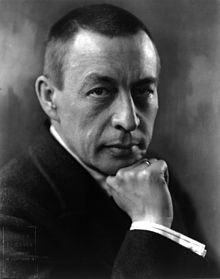 Sergei Rachmaninoff pianist and composer ( 1873 – 1943)
Sergei Rachmaninoff pianist and composer ( 1873 – 1943)
The Symphony No.2 in E minor, Opus 27 is so beautiful that the self-appointed Modernists could not admit it is great music, but it is. They called it new or semi or whatever before Romantic. Rachmaninoff’s music is original. He has his own voice and style; expansively it includes the fullest experience and ideas. It is sensual and magnificent. When the first movement began, I thought, “Oh, he is taking us into a mystery.” Later, I read that Michael Steinberg commented that it begins “in mystery, with pianissimo low strings.” The Symphony No. 2 is about 55 minutes long. It has to be big to be so full of all its love and life. The composer leads us through the Symphony’s world. The first movement is marked Largo-Allegro moderato, and it covers slow and rhythmic, melodies in motion. The second movement, Allegro molto, is wilder. There are tunes that Rachmaninoff, also a composer of songs, flies through. There is a fugue in the second violins and then a scherzo-like drama that Rachmaninoff lets loose. Steinberg knew that the composer liked to enter notes of the Dies irae from the Gregorian Mass for the Dead. But that is not the idea of the Adagio that comes next. It is about love. “Now hear this;” The music tells the story of love; it does not need to speak. There is still more mystery in the next movement. Each instrument plays: English horn and oboe and then each of the others. The clarinet returns to the melody at the beginning. Having begun the Finale with the Symphony’s quiet, now it turns on the music rushing like a water fall. Rachmaninoff ‘s lyricism thrills the ending with wide world embraces.
 Rafael Payare, conductor
Rafael Payare, conductor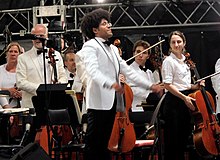
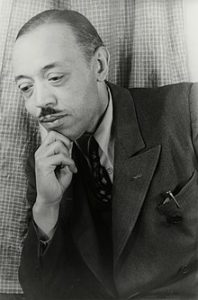 William Grant Still
William Grant Still
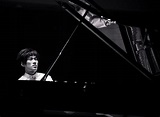

 Richard S
Richard S